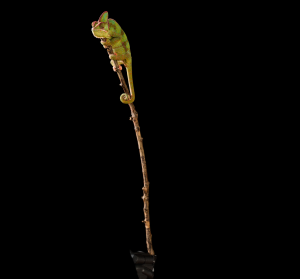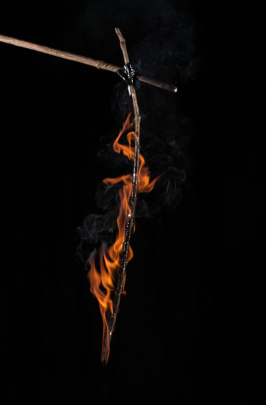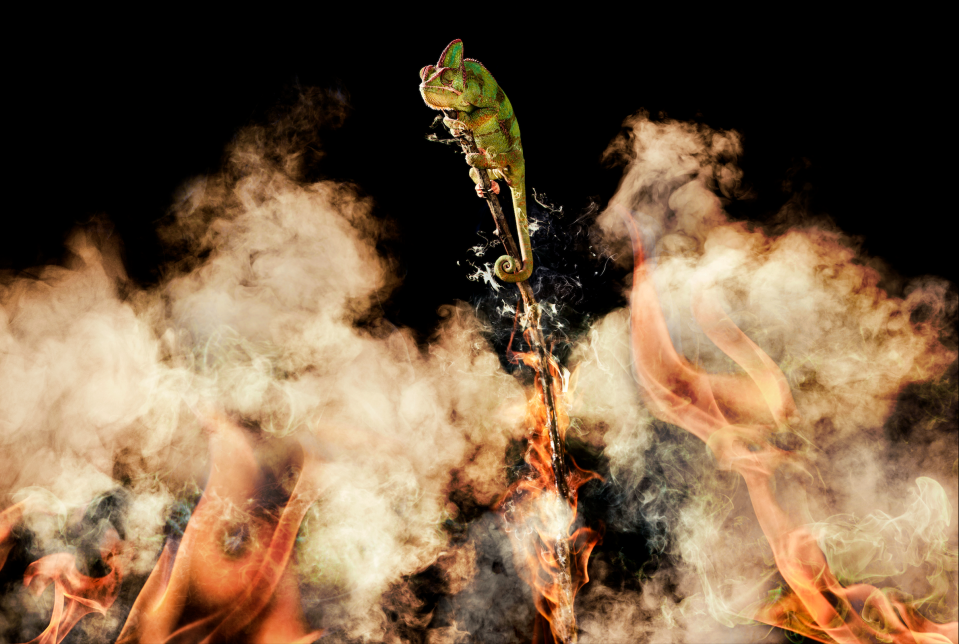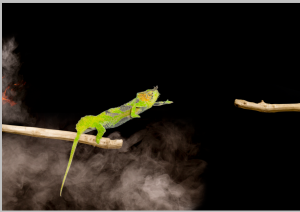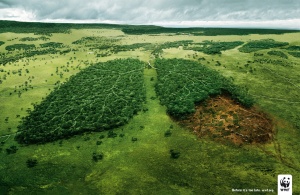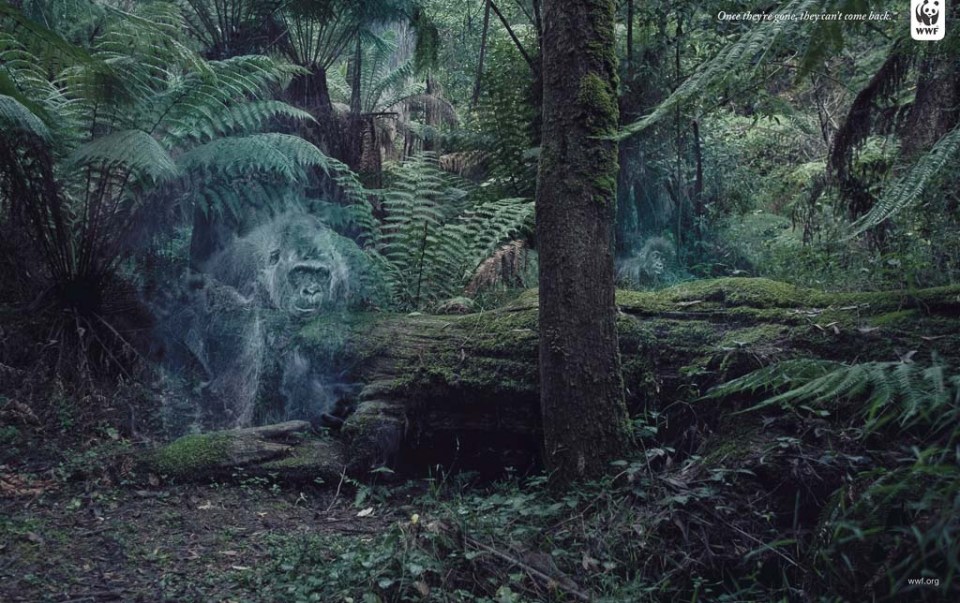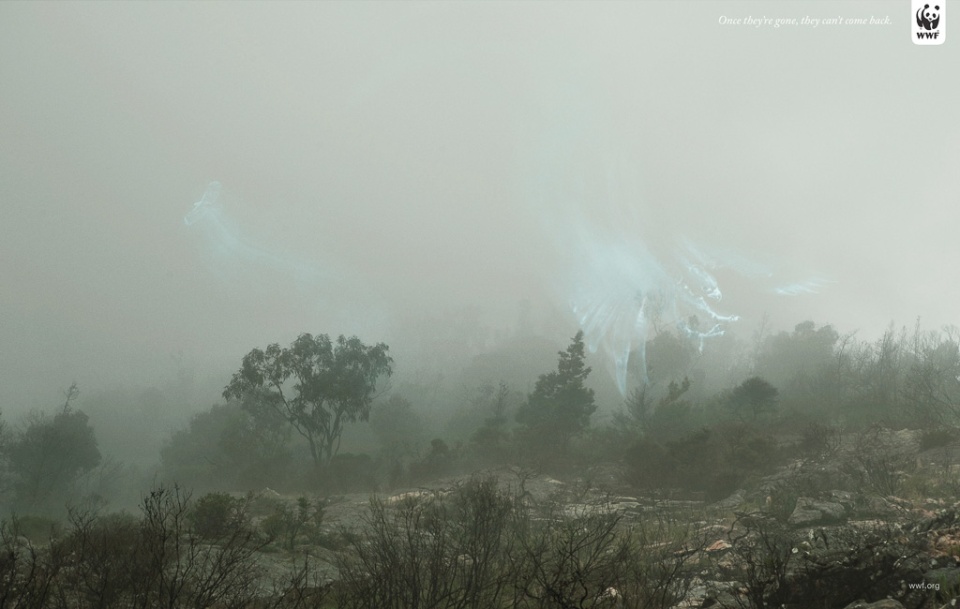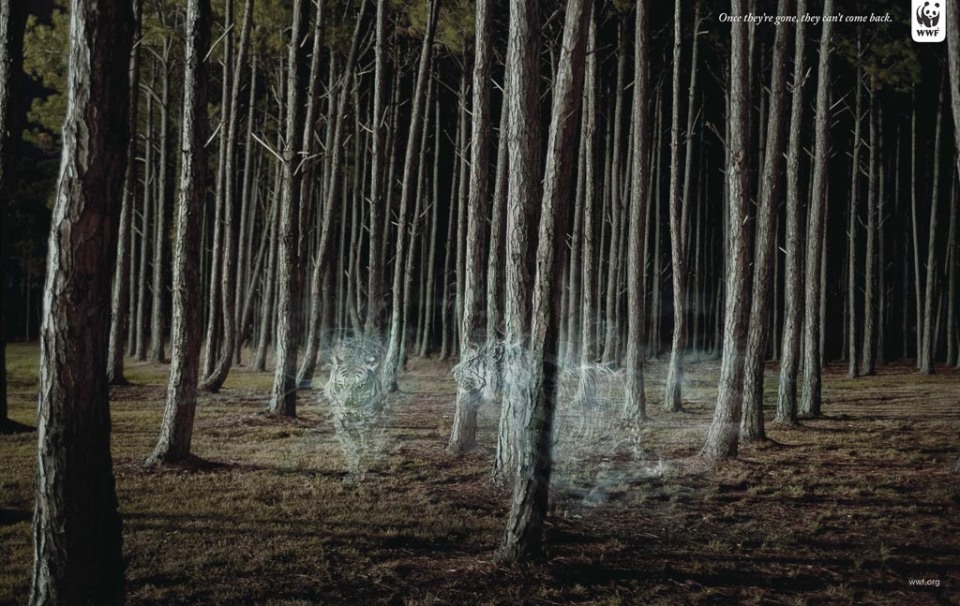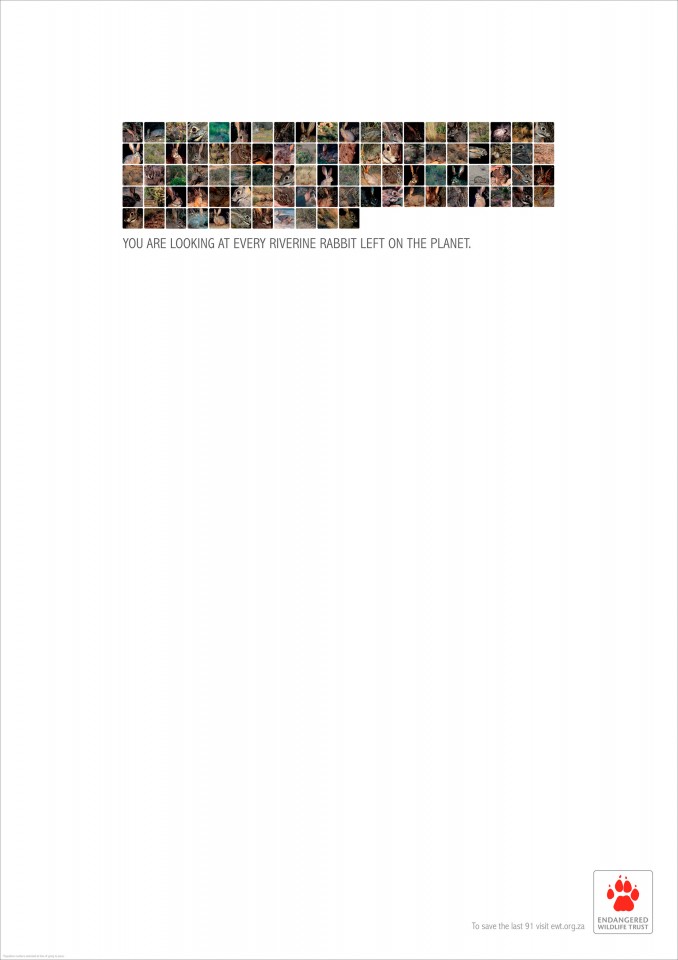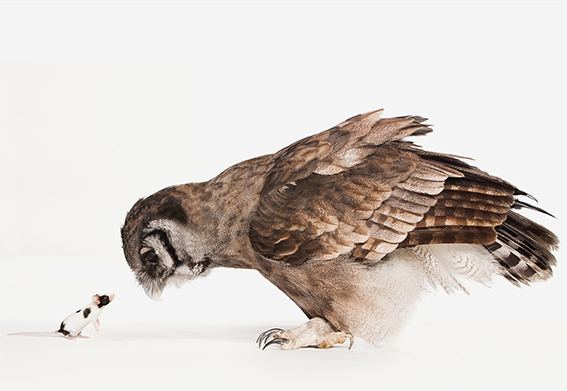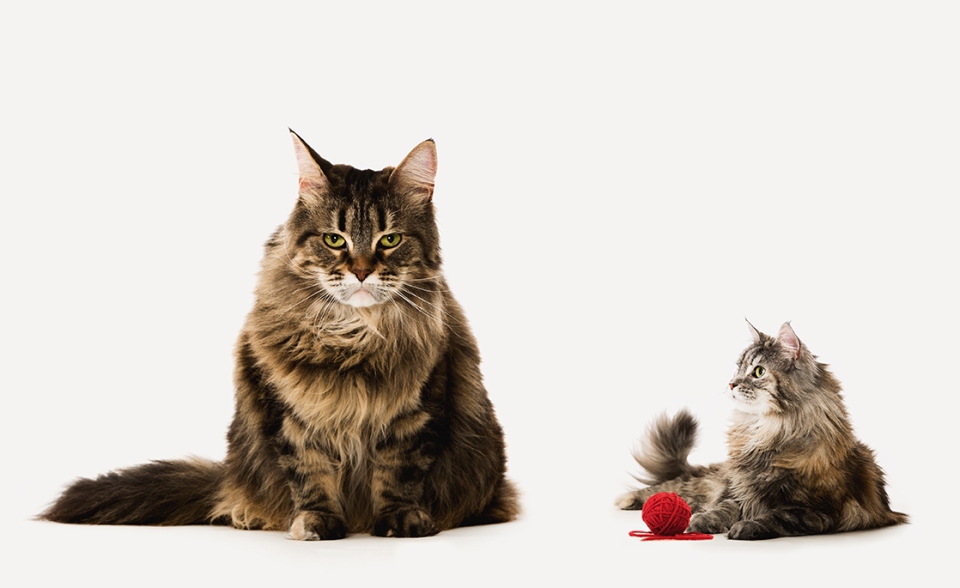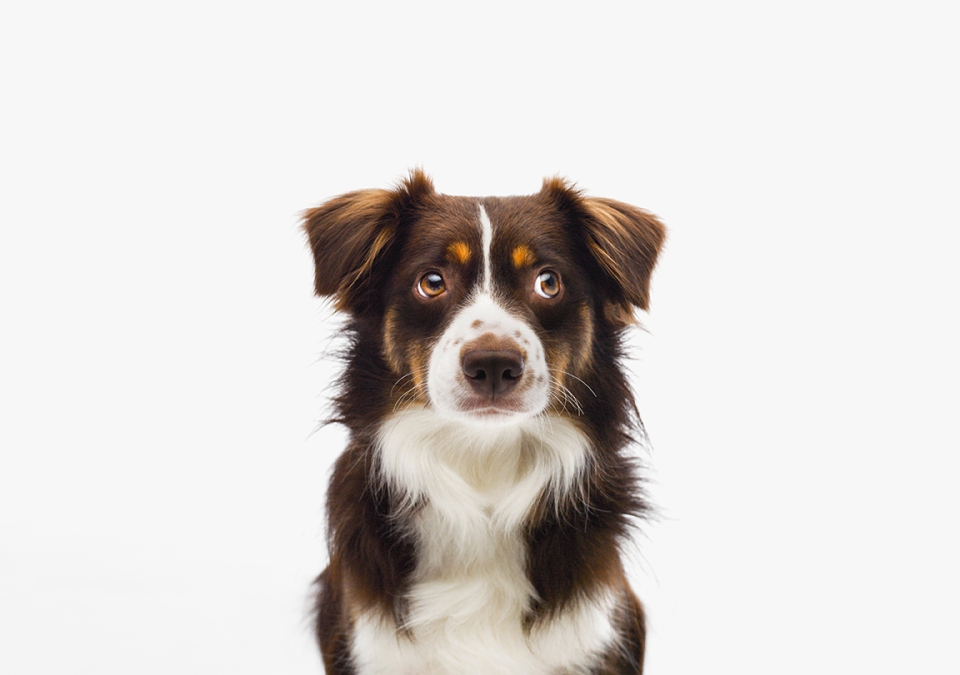There are Four Briefs for the AOP Awards this year.
– Social Media – Animal Conservation
– Sunday Supplement Cover
There are two of these that stand out to me the first is
Social Media – Animal Conservation
Tim Flach
The purpose of the image:
Create a cover photo/background image for the social media platform of an organisation involved in animal conservation or rescue. The image should be of an animal, it can be wild or domestic, but must be something that expresses the mission statement of the organisation.
Subject matter: Animals
The destination: Website/online use only
Colour: The image can be colour or black and white.
Budget restriction: None!
This seems the obvious choice considering my chosen subject. Animal conservation is a subject I feel very strongly about and want to pursue in future work. The other project that I am interested in pursuing is the Charity brief.
Brand Image : Charity
George Logan
The task: Create a single image to highlight and promote a cause or charity that is important to you.
The cause can be anything you like, from homelessness to animal cruelty to cancer charities to fighting knife crime to environmental issues.
Ideally it should be something you are passionate about and I’d like to see that come through strongly in the image.
Image requirements: The image would theoretically be used for press, poster and online.
Format: Can be landscape or portrait.
Colour: The image can be colour or black & white.
Copy: You may accompany your image with a copyline if you feel it helps.
Tips: People are bombarded with charity advertising, so the task of creating stand out imagery is more difficult than ever. Your image needs to be powerful, heartfelt and thought-provoking. It can be literal or conceptual. You can also use visual metaphors to illustrate your idea.
As a Photographer, this is arguably the best and most inspiring type of brief I receive. I generally get involved at the concept stage, which allows me to explore my imagination. It’s also one of the most challenging as you are attempting to drive behavioural change.

